In The Shining, writer Jack Torrance slowly loses his mind while housesitting the haunted Overlook Hotel with his wife and son. The hotel grounds include an expansive hedge maze. “It's a lot of fun,” the departing manager tells the family, “but I wouldn't go in there unless I had an hour to spare to find my way out.”

After failing to write his novel and meeting the hotel’s ghosts, Torrance descends into madness. When he tries to murder his family, his son flees into the snow-covered maze. The boy retraces his steps and leaves his axe-wielding father to wander its paths in vain until exhaustion. Torrance ends his life lost in a physical maze, isolated by its walls, alone with his broken mind. It’s a manifestation of his failed inner journey.
The Greeks encoded truths about the journey of life in one of their most potent metaphors: the labyrinth. Its dark corridors evoke fear and demand courage, it is a place of exploration and avoidance. It holds treasure, truth, and a path to transformation.
Understanding the Labyrinth
The Greek labyrinth was created because Minos, king of prosperous Crete, did a very human thing: he placed his own desires over the duty of his office. Minos had asked the god Poseidon for a sign affirming his rule. He received a glorious white bull — which was to be sacrificed in the god’s honor. You’ll never guess what happened next: Minos decided to keep the bull and sacrificed a lesser one instead. Big mistake.
Poseidon cursed Minos’s wife who gave birth to the Minotaur, a hybrid monster, half man and bull. The king asked master architect-engineer Daedalus to build a labyrinth in which to keep the monster. However, the Minotaur still demanded regular human sacrifices. Every seven years, the city of Athens sent a ship with fourteen doomed youths.
This deplorable state of affairs lasted until the hero Theseus volunteered to join the youths with the hope of slaying the monster. Once he arrived on Crete, he and Minos’s daughter Ariadne fell in love. Concerned that her lover would forever vanish in the darkness, Ariadne asked Daedalus for help. Daedalus offered a crucial idea: if Theseus tied a thread to a post at the labyrinth’s entrance, he could retrace his steps. The rest is history.
Theseus entered the labyrinth and managed to kill the Minotaur. Thanks to Ariadne’s thread he returned. It’s a short myth filled with important ideas.
The Minotaur, a hybrid of man and animal, represents the duality of our rational and primal nature. No amount of culture can obscure that we still carry an aspect of the beast. We may try to banish this part, bury and deny it, cast it into darkness. But it always lurks deep inside of us.
The labyrinth is a metaphor for the depths of our inner world. The subconscious can seem like a dark, disorienting, and lonely place. Its shadows can take on the shape of monsters. But this is where we can find our center if we dare to enter. As long as we are too afraid to enter and face whatever lurks in our labyrinth, we operate on the surface. We cannot reach our full potential. Remember that the Minotaur demanded sacrifice and specifically the sacrifice of youth. In our avoidance of the labyrinth, we literally sacrifice our youth, that is our time and potential.
The monster of our fears never ceases being hungry. Unless we stop it, it will never stop devouring our dreams. In the depths of its dungeon it will pile up the bones of our unlived potential like the corpses of unlucky Athenian teenagers.
In The Hero With A Thousand Faces, Joseph Campbell wrote about the subject who refuses their call to adventure:
Walled in boredom, hard work, or "culture," the subject loses the power of significant affirmative action and becomes a victim to be saved. His flowering world becomes a wasteland of dry stones and his life feels meaningless—even though, like King Minos, he may through titanic effort succeed in building an empire of renown.
Whatever house he builds, it will be a house of death: a labyrinth of cyclopean walls to hide from him his Minotaur.
Entering the Maze
Let’s talk about the difference between a labyrinth and a maze. The Minotaur was placed in a labyrinth described as a ‘maze-like structure’. A labyrinth, at least as we understand it today, has one entrance and one path to the center. You don’t get lost in a labyrinth. All you need is courage and persistence to keep going. If you conquer your fear and tackle the monster, eventually you will reach the center. More importantly, you can be confident that there even is a center. That can be invaluable when you’re sneaking down haunted hallways.
A maze is not like that. A maze has multiple points of entry, multiple exits, and numerous dead-ends. A maze is built to confound and confuse. A maze can be a trap.
It is comforting to think of life as a labyrinth with one clear path to the center. If we just keep going, we become the best version of ourselves, we find truth, we find our treasure. Unfortunately, I don’t think that’s the case.
Life offers a myriad of paths and wildly divergent outcomes. Choices matter. A string of terrible decisions can lead to disaster. The consequences of Jack Torrance’s struggle with alcoholism and anger end his career and lead him and his family to the haunted Overlook Hotel. Like Torrance at the end of The Shining, people can get lost in the maze of their lives until They no longer have “an hour to spare” to find the exit.
They lose what they hold dearly: their wealth, their health, their time, their freedom, their loved ones, even their minds (consider that Stephen King struggled with addiction to alcohol and cocaine).
Fortunately, the myth offers us valuable advice on how to avoid this fate. It urges us to prepare, to find courage, and to cultivate connection.
First, we need to channel our inner hero. We need courage, strength, and fortitude to enter.
Once inside the maze, we need a torch to illuminate the darkness and navigate the tunnels. Think of this as all the training you’ve gone through, the skills you’ve acquired, the knowledge you’ve gained.
In his book Consilience, E.O. Wilson used the labyrinth as a metaphor for the journey into complexity. To him, Theseus represented humanity and the Minotaur “our own dangerous irrationality”. Ariadne’s thread becomes a metaphor for retracing one’s steps from the depths of complexity to first principles.
But more than that, Ariadne’s thread demonstrates that even a great hero like Theseus needed help. He relied on the wisdom and intuition of his feminine counterpart. I believe we all need a strong connection to the outside world, a bond to people we trust. We need to know there is someone waiting on the outside. Someone who keeps watch over the thread. Someone whose confidence and love fills our cup with courage when we need it most. Someone who helps heal our wounds and process our experience in conversation. Someone with whom to share any treasure we find in the Minotaur’s lair.
Transformation
Jack Torrance lost himself in the maze of his shame, resentment, fear of failure, and addiction. His insanity, or possession by the hotel’s evil spirit, becomes obvious when his wife discovers his work. Page after page of the same words: “All work and no play makes Jack a dull boy”
How do we avoid this fate? How do we avoid becoming dull, dim, and lifeless?
By entering our maze. By facing what we are avoiding, what has been staring us in the face. By embarking on our adventure. By refusing to sacrifice our time and potential.
I don’t know what maze you face, what monsters may be hiding in it, or what the right path may be for you (the nature of transformative growth is unpredictable). But I believe if you want to find the truth about yourself and discover the treasure of your own potential, you must enter.
Both what you want and what you want to avoid is waiting in its depths. Walking the halls of the maze is the path of your transformation. Its center contains a portal to the life we are destined to live.
And I believe if you walk the path with courage and curiosity, with openness and love, that your maze transforms into a labyrinth. Flow and subtle synchronicities will start guiding you. Connections will appear. Strangers will turn into friends. Encounters will leave you feeling enriched and excited. Mistakes will turn out to be invaluable lessons. Dead-ends will reveal secret passages. Monsters may in fact turn out to be stray animals looking for companionship. I believe every corner of your maze may hold an opportunity to learn and grow.
When you want something, all the universe conspires in helping you to achieve it. — Paulo Coelho
The journey into the maze starts with a descent into darkness. The return from its center will feel like a spiraling staircase leading you back to the temple of a new life.
What is waiting
At the center
Of your
Maze?Happiness
Freedom
Wealth
Peace
Bliss?Purpose
Wisdom
Your higher Self?Community
Family
Love?A demon
A portal
God?At the end of its path
Lies your truth
Your treasure
Your transformation
And a thread
Leading back to life.
Holding the Thread
I believe we face versions of the Maze every day: in life, in business, in markets, in our relationships, and in ourselves. Society, trembling under the relentless onslaught of disruptive change, can feel like a rapidly shifting maze all around us.
The metaphor forces us to ask uncomfortable questions:
What maze do you refuse to enter?
What monster is devouring your dreams?
Have you prepared yourself with a supply of torches, swords even, and a thread to lead you back to the light? Can you enter with the comfort of a connection of love and trust?
Where do you repeatedly walk into walls and dead-ends? Why?
Have any areas of your life become dull, like writing out the same sentence over and over again? Ask yourself why, and what you may be avoiding.
If these questions resonate, use them as prompts for introspection, reflection, and journaling. What mazes do you still face and which have you mastered already? What demons still scare you? I would love to hear from you (hit reply or email me at neckarcapital@gmail.com) and share excerpts with the community (anonymously).
Remember Ariadne. Even though the path is yours to walk, there is a thread of connection, of shared human experience, that can guide you back to the light, back to community.
Welcome to the Maze. May you find its center without getting lost.
Thank you for reading,
Frederik
We have not even to risk the adventure alone, for the heroes of all time have gone before us. The labyrinth is thoroughly known; we have only to follow the thread of the hero path.
And where we had thought to find an abomination, we shall find a god. And where we had thought to slay another, we shall slay ourselves. And where we had thought to travel outward, we shall come to the center of our own existence. And where we had thought to be alone, we shall be with all the world. — Joseph Campbell






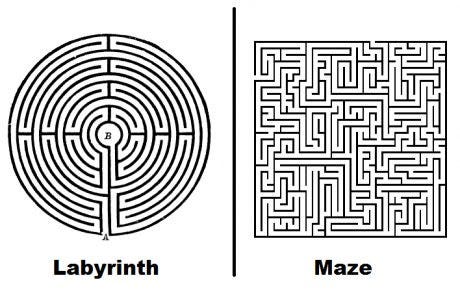
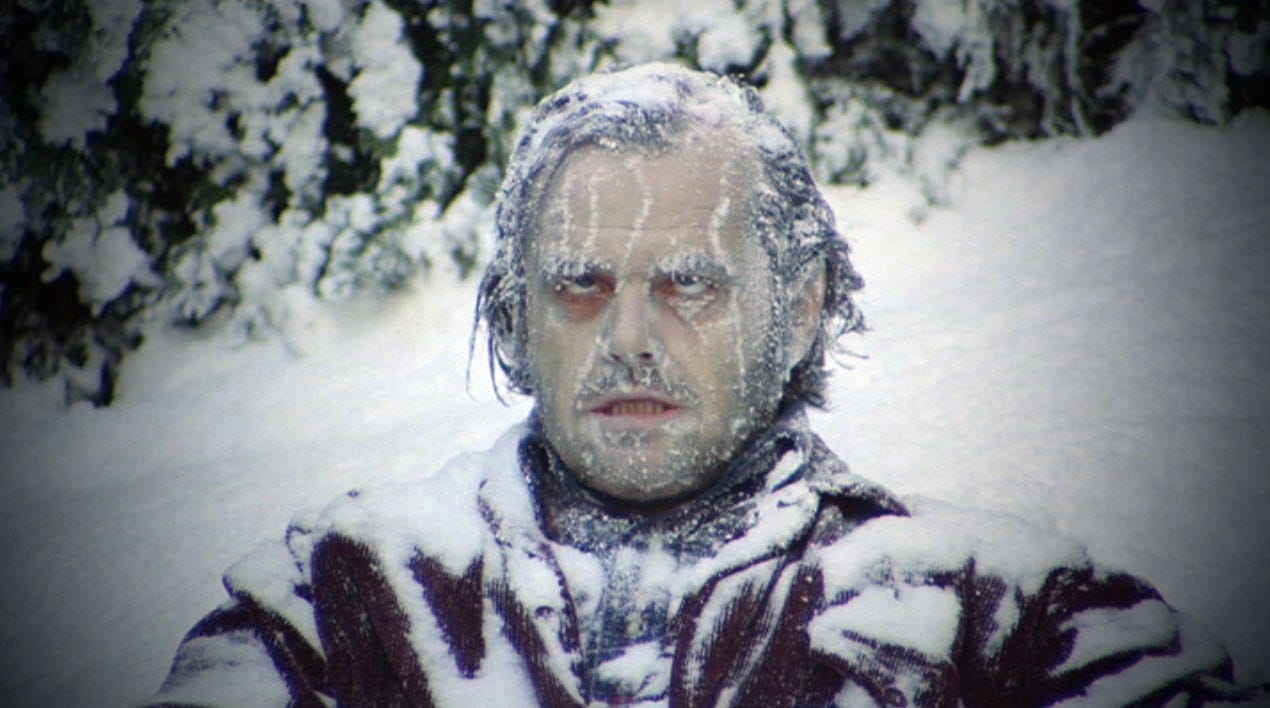
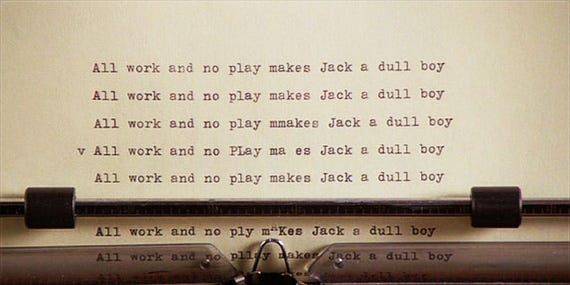
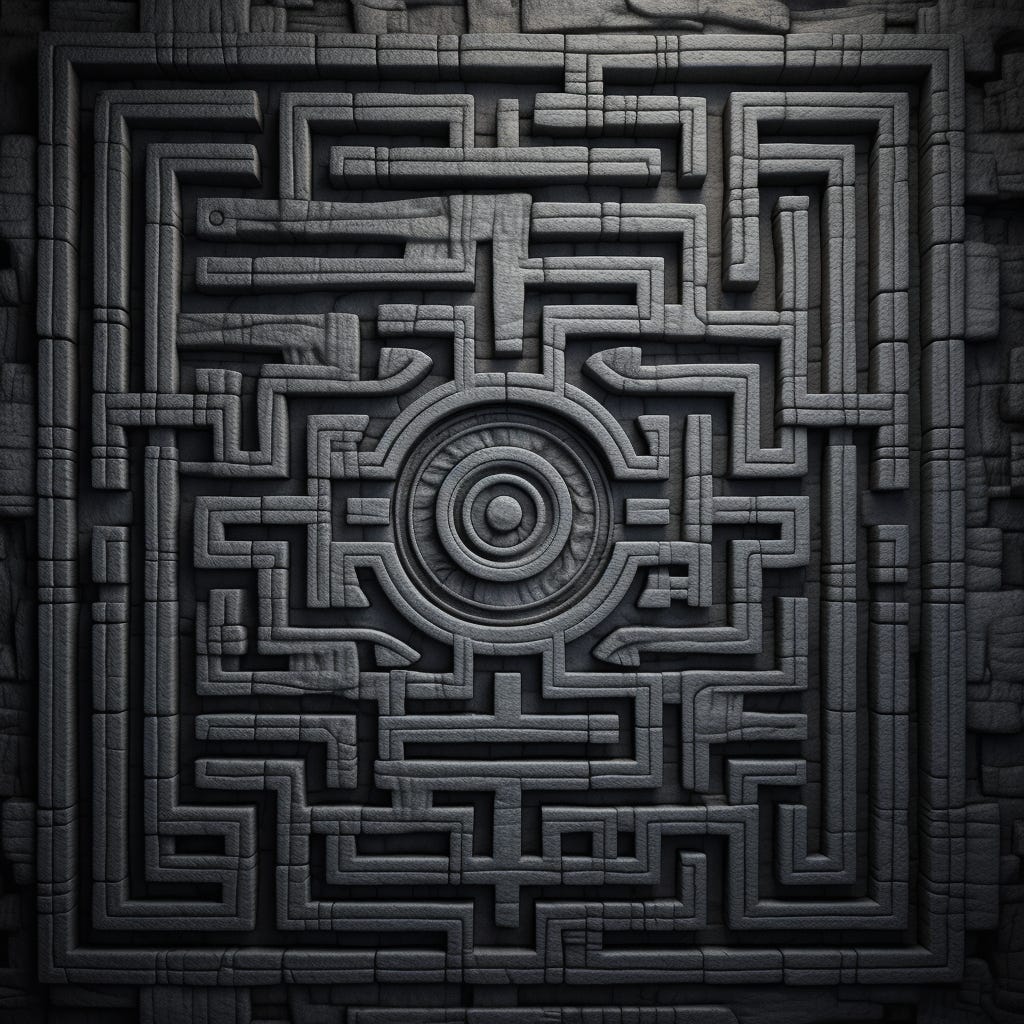
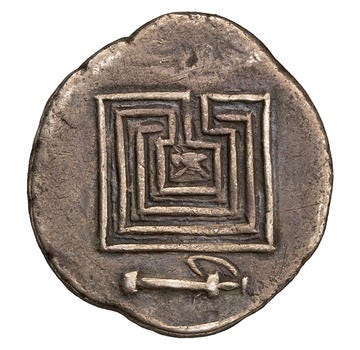
A post of very high quality, thanks Frederik.
I love this article. Thank you, Frederick! I love the symbolism of walls as the lack of conscience.
However, we don’t all have a conflict inside. Our culture is not threatened by our primal intincts, in the least. Quite on the contrary, the two enhance each other. Just think of adventure, sex, food, work meetings, even sleep - everything is better when primal desires work in hand with creative thinking. We have no Minotaur inside. Our Minotaurs are outside.
The only thing that threatens our culture is other culture: one no greater in instinct but lesser in taste, thought and effort. We all get infected with violence and stereotype, not born with it.
The Minotaur symbolizes punishment for exercising freedom, so as to instill the fear of rule and authority. At the storyline level, it’s our culture that broke him.